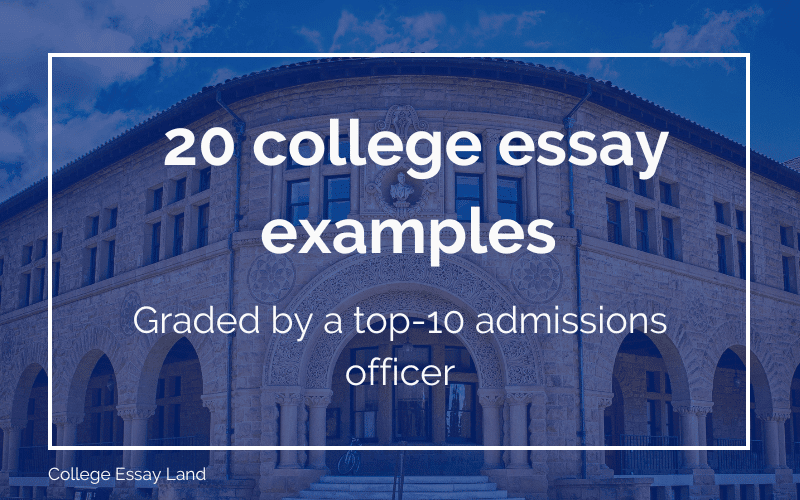Contents
Last updated March 8, 2023
Every piece we write is researched and vetted by a former admissions officer. Read about our mission to pull back the admissions curtain.
How to Use the MIT Common Data Set
Admissions officer reviewed by
Ben Bousquet, M.Ed
Former Vanderbilt University
Written by
Kylie Kistner, MA
Former Willamette University Admissions
Key Takeaway
In this post, we pull out key information from the MIT Common Data Set. More importantly, we show you how to use it to craft the most competitive application possible. (Need more background on the Common Data Set first?)
How MIT Evaluates Applicants — based on CDS data
The Common Data Set asks schools to rank how they evaluate applicants across a number of categories.
MIT’s response lists only one quality as “very important.” Any guesses?
It’s probably not what you were expecting: character and personal qualities.
As we’ll see from the data in the following sections, almost everyone who applies to MIT is an academic rock star. So it’s those special, individual qualities that help set you apart.
Of course, your character isn’t the only thing an admissions officer is looking for when reading your file.
Other factors MIT considers important in admissions decisions include:
- Course rigor
- GPA
- Test scores
- Essays
- Letters of recommendation
- Interviews
- Extracurriculars
- Talent and ability
Every application at MIT is evaluated against these factors, so pay close attention. These are the things you should focus on the most.
Does MIT track demonstrated interest?
No! MIT does not consider demonstrated applicant interest. That means that it doesn’t matter to MIT admissions officers whether you’ve visited the school twelve times or attended all of their virtual information sessions. The other parts of your application—your grades, academic rigor, personal characteristics, essays, etc.—matter much more.
Does MIT care about standardized test scores?
Yes. Standardized test scores are important in the MIT admissions process. MIT reports that 70% of enrolled first-year students submitted SAT scores, and 34% submitted ACT scores.
Since test scores are an important factor in MIT admission decisions, you’ll want to submit the best scores you can.
Does MIT care about essays?
Yes, absolutely! MIT weighs essays as heavily as they do rigor, GPA, test scores, letters of recommendation, and more. Your essays are essential to your MIT application. If you’re applying to MIT, you should get to writing. (Need help getting started? We have a whole MIT essay guide.)
What else is MIT looking for?
There are a few other areas MIT takes into consideration:
- Class rank
- First-generation status
- Geographical residence
- Racial/ethnic status
- Volunteer work
- Work experience
While these categories aren’t the most important, they do factor into your overall admission decision at MIT.
What GPA do you need to get into MIT?
Here’s the kicker. Of the 28% of students who submitted class rank, 99% were in the top tenth of their high school graduating class. And 100% were in the top quarter.
While MIT doesn’t report where students lie across the GPA spectrum, class rank indicates that the majority of successful applicants are in the unweighted 4.0 range.
MIT Acceptance Rate
Unsurprisingly, MIT’s acceptance rate continues to get lower every year as more and more students submit applications.
This year, 33,240 students applied. Only 1,365 were admitted.
That’s an admit rate of 4.1%. Yikes. (And it only seems to be shrinking—preliminary reports for the class of 2026 put the new acceptance rate at 3.96%.)
At 4.1%, MIT admits fewer students than Yale, the University of Pennsylvania, and more. They’re second only to Harvard, Columbia, and Stanford.
MIT Early Action Acceptance Rate
MIT doesn’t have an Early Decision option, and their Common Data Set information doesn’t include statistics about what their Early Action pool looked like.
But a blog post on the MIT admissions blog reveals that 14,781 students applied EA. Of those, 697 were offered admission, and 9,489 were deferred to the Regular Decision round.
After some quick math, we can see that the EA acceptance rate was 4.7%—just slightly higher than the RD rate.
What’s the right application option for you?
Early applicants were only 0.6% more likely to be admitted to MIT. But when the acceptance rate is as scarily low as 4.1%, you can take all the help you can get.
Whether you should apply EA or RD depends on what you’re bringing to the table. If your application can hold its own against the sea of other 4.0s, full AP and IB course loads, and outstanding essays and extracurriculars, then EA might boost your odds.
But if you need more time to write those MIT essays (remember: MIT doesn’t use the Common App, so you’ll have to write four specific MIT essays), then RD might be a better option.
Most Popular MIT Majors
One of the most telling parts of the Common Data Set is called the “Degrees Conferred” section. In it, MIT lists the percentage of degrees awarded in each discipline. This information gives us an idea of what the most popular majors are at MIT.
Looking at the chart below, we can see that 31% of degrees awarded went to those in computer science, 29% percent went to engineering students, and 10% were awarded to mathematics and statistics students. That’s a lot of STEM—exactly what we’d expect from a school like MIT.
But you’ll also notice that the most popular majors aren’t just STEM fields. Of the degrees awarded, 15% were in non-STEM disciplines.
| Major | Percent of Degrees Conferred |
|---|---|
| Computer and Information Sciences | 31 |
| Engineering | 29 |
| Mathematics and Statistics | 10 |
| Physical Sciences | 8 |
| Biological/Life Sciences | 5 |
| Interdisciplinary Studies | 5 |
| Social Sciences | 5 |
| Business/Marketing | 3 |
| Architecture | 1 |
| English | 1 |
So how should this major information shape your application strategy? First off, we see that MIT is a popular institution to attend for STEM fields, particularly computer science, engineering, and math. While that fact makes MIT more desirable for prospective STEM students, it also means a more competitive applicant pool.
If you’re applying to study a STEM discipline at MIT, you should expect even higher competition. That means that your GPA, course rigor, test scores, extracurriculars, and essays will count even more.
What should you do with all this information?
Even the most highly-qualified applicants in the country get denied from MIT. Using the Common Data Set can help you strategize your application so you spend more time on what counts.
Strong applicants to MIT need everything that applicants to any other Ivy League or highly competitive school need: a perfect or near-perfect GPA, great test scores, and stand-out extracurriculars.
But MIT considers the character of an applicant above all else. You need to demonstrate this in a burnished resume and in essays that highlight your strengths and show your character. The factors MIT ranks as “important”—test scores, interviews, recommendations, extracurriculars, talent and ability, etc.—should also get your full attention.
Not sure what steps to take next? Check out our How to Get into MIT guide to get started crafting your application.

